Location:
417 Missouri Ave., East St. Louis, St. Clair County
Year built:
1927
Architect:
Albert B. Frankel
Builder:
Wimmer Contracting Company
Original owner:
A.T. Spivey
Current owner:
St. Clair County Trustee
(Photo credits: Paul Morgan)
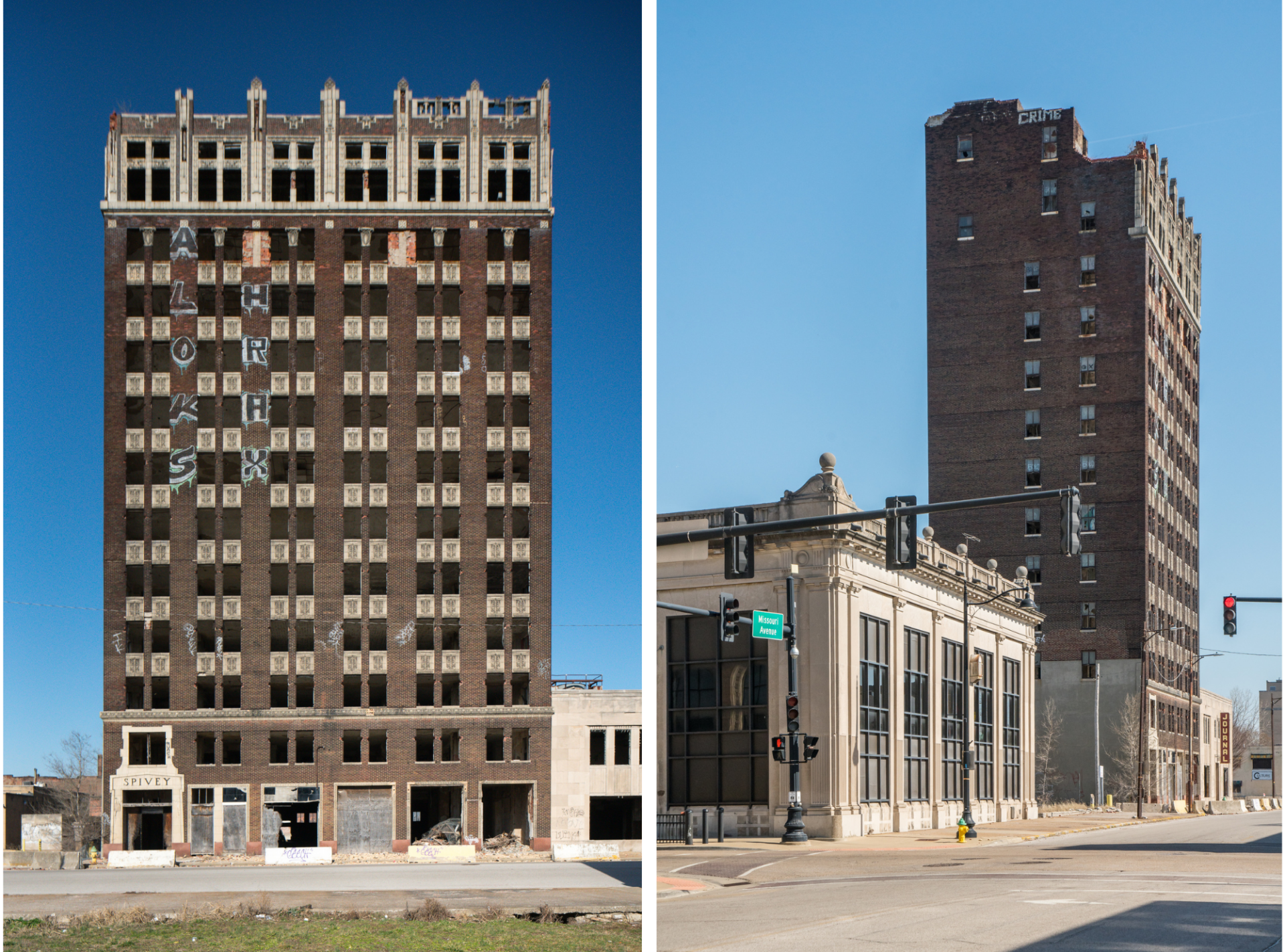
417 Missouri Ave., East St. Louis, St. Clair County
1927
Albert B. Frankel
Wimmer Contracting Company
A.T. Spivey
St. Clair County Trustee
(Photo credits: Paul Morgan)
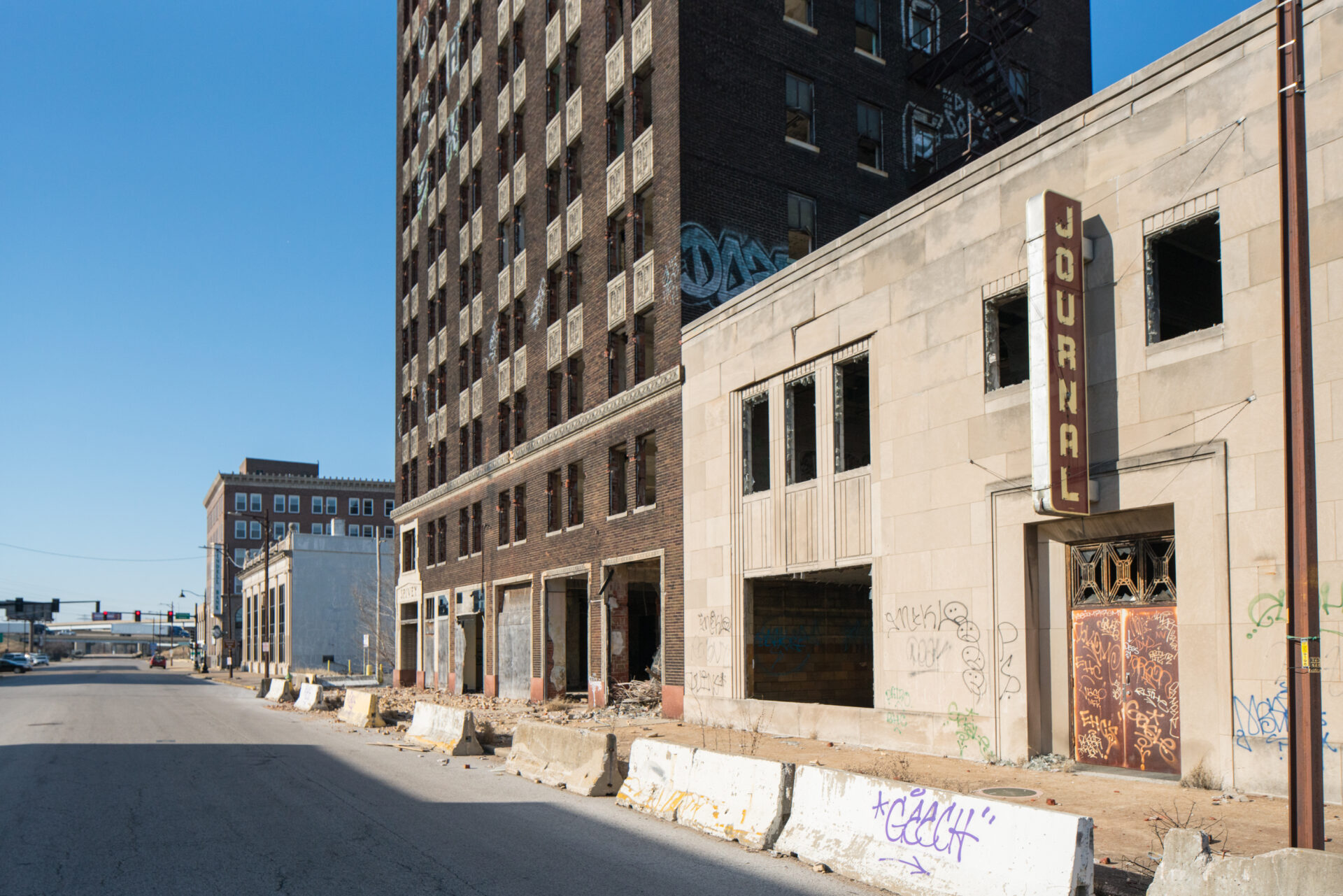
The Spivey Building is the only skyscraper in East St. Louis. Built during a construction boom, it stands as a 12-story testament to a period in which the city experienced prosperity and growth. The building is listed individually in the National Register of Historic Places and is also part of a National Register Historic District. It was built for Allen T. Spivey, owner of the East St. Louis Journal. The Spivey housed offices for the Journal, the Illinois Light & Power Company and other businesses. The Great Depression halted East St. Louis’s building boom, but the Spivey remained occupied through 1980.
(Photo credit: Paul Morgan)
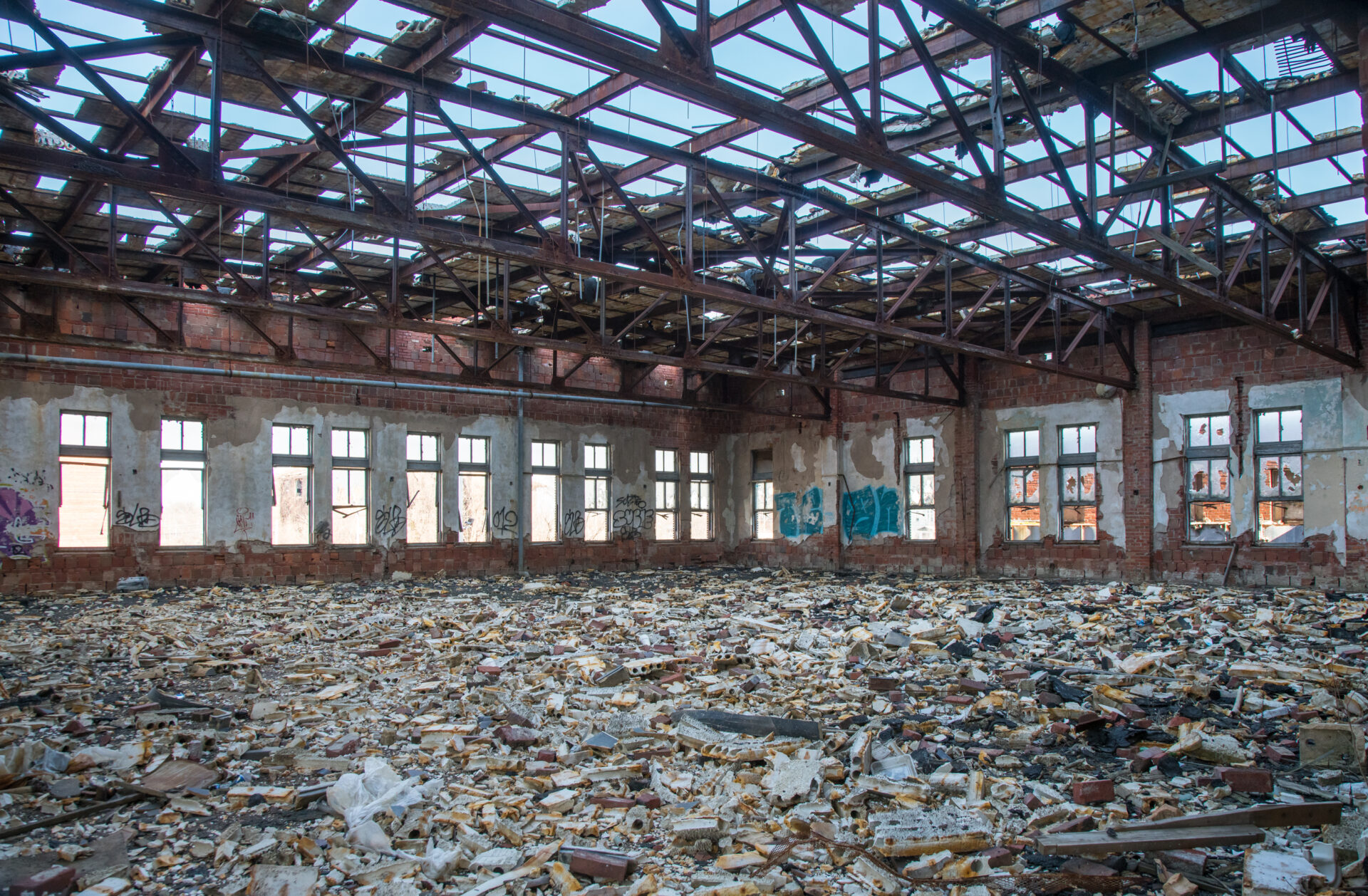
After decades of neglect, the building’s exterior has deteriorated to the point that falling bricks and other debris pose a risk to passing pedestrians and motorists. The building is effectively a shell, with no roof and a gutted interior. The Spivey Building faces demolition by the City of East St. Louis.
(Photo credit: Paul Morgan)
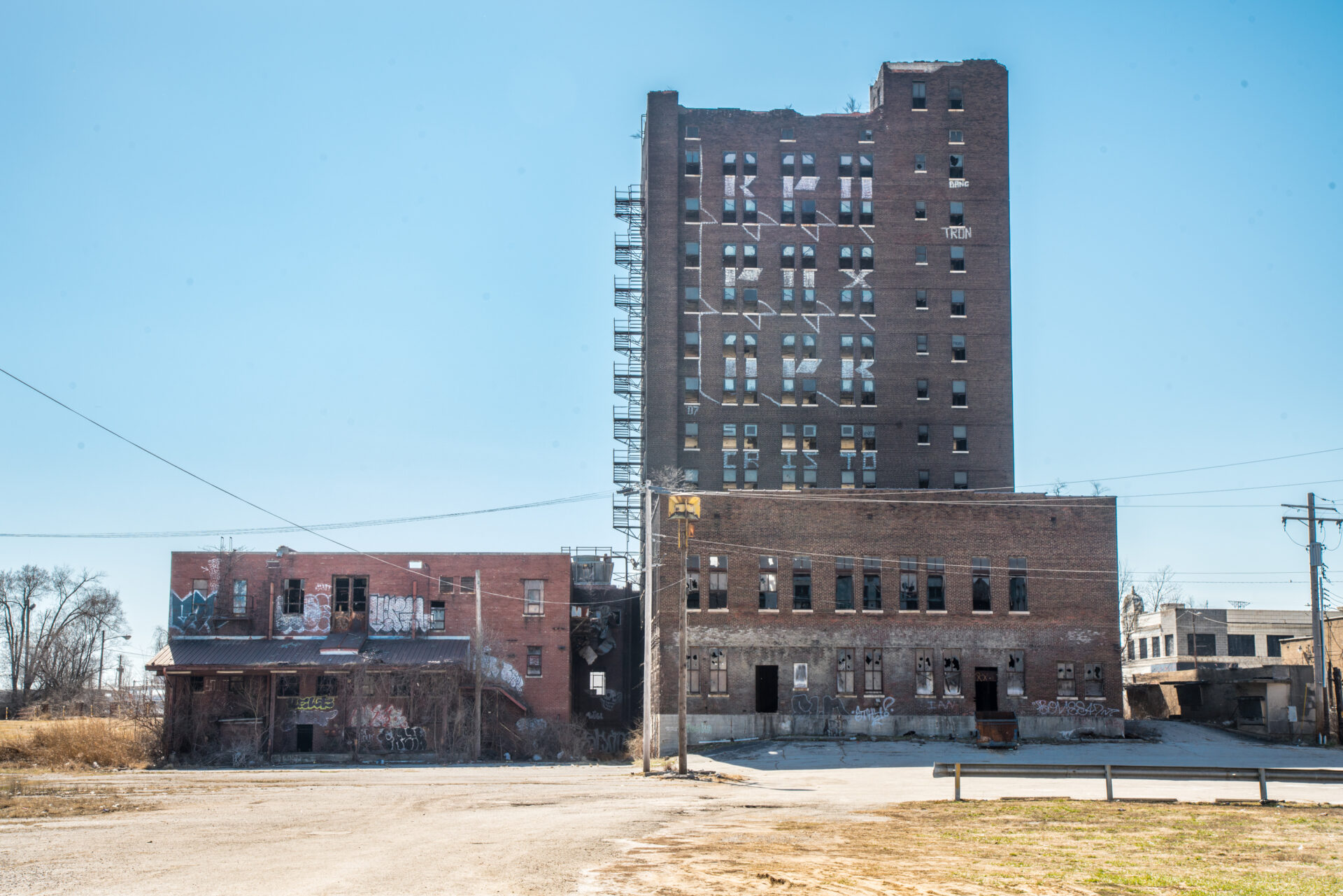
Like the 2021 Landmarks Illinois Most Endangered site, the Broadview Hotel, the Spivey Building could be completely rehabilitated, using a combination of tax incentives and private investment. It could be reused for affordable housing, which is desperately needed in East St. Louis and the surrounding region.
(Photo credit: Paul Morgan)

Contact the Community Development Department at the City of East St. Louis and encourage the City to collaborate with developers to preserve and reuse this iconic structure.
(Photo credits: Paul Morgan)
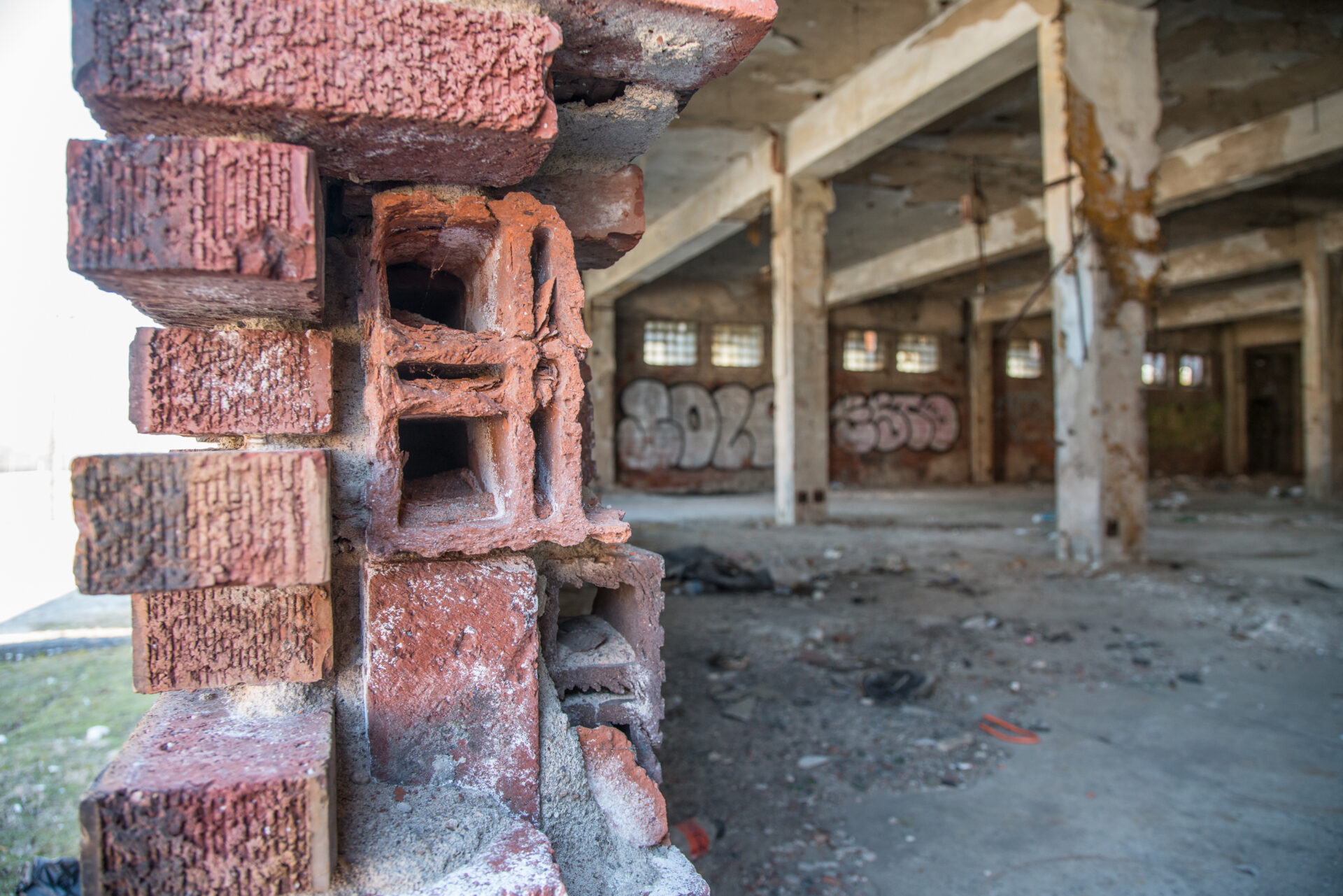
“The Spivey Building stands as East St. Louis’ only skyscraper and a singular testament to the city’s former economic prosperity. Built in 1927 and vacant since 1980, this 12-story landmark, with its distinctive terra cotta details and architectural significance, represents an irreplaceable piece of our community’s heritage. Including it on the Most Endangered list would shine a critical spotlight on this National Register property and catalyze the preservation efforts needed to transform this historic structure from a symbol of decline into an anchor for downtown revitalization.”
(Photo credit: Paul Morgan)
Be a voice for the future of our communities by supporting Landmarks Illinois. Our work enhances communities, empowers citizens, promotes local economic development and offers environmentally sound solutions.